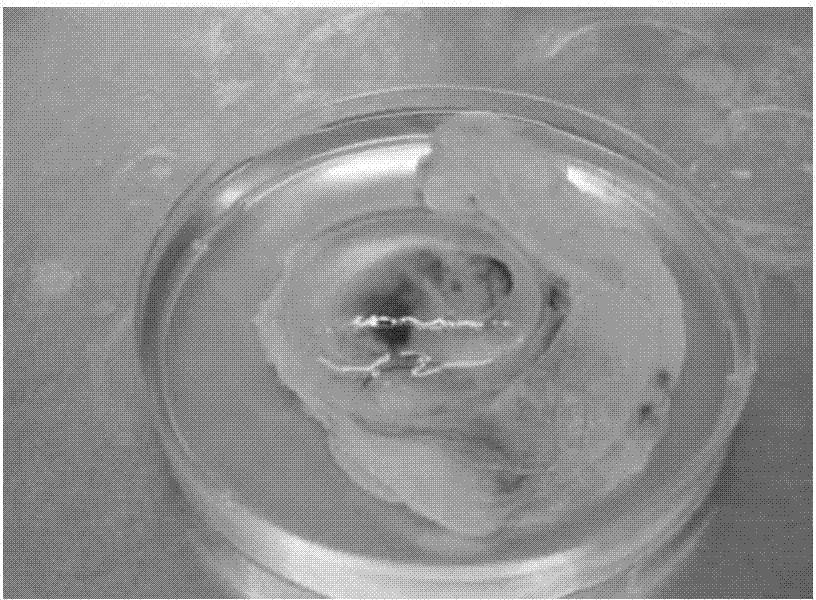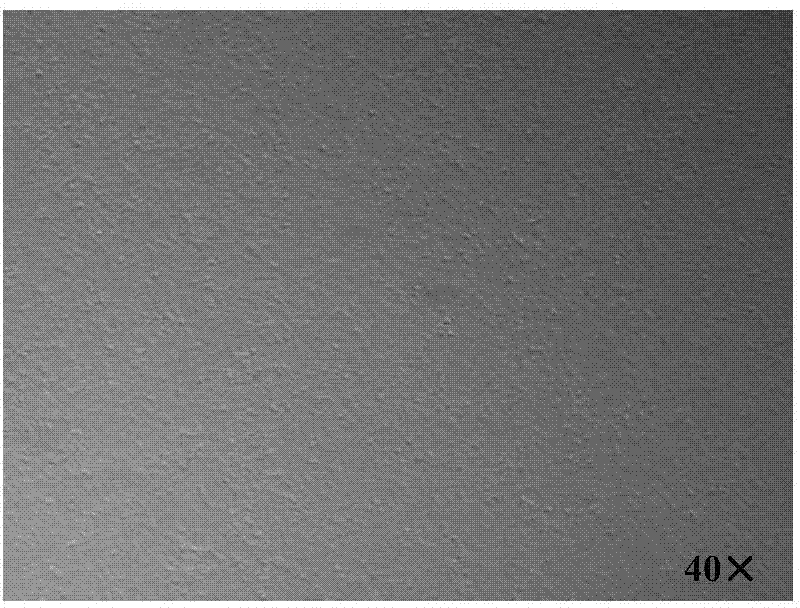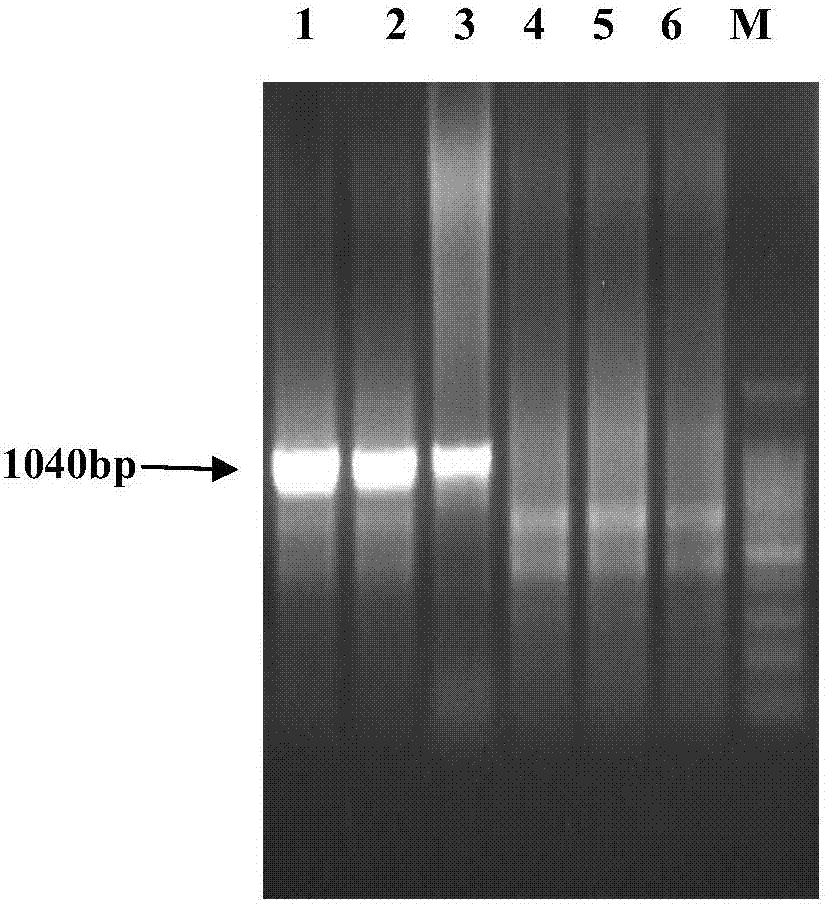Site-specific integration method of exogenous genes
An exogenous gene, site-specific integration technology, applied in biochemical equipment and methods, using vectors to introduce foreign genetic material, enzymes, etc., can solve the problems of low production efficiency of transgenic animals, and achieve the elimination of safety concerns, cost savings, and avoidance of express the effect of silence
- Summary
- Abstract
- Description
- Claims
- Application Information
AI Technical Summary
Problems solved by technology
Method used
Image
Examples
Embodiment 1
[0083] Embodiment 1, the construction of TALENs expression vector
[0084] 1. Screen the target area
[0085] Based on a large number of analysis, screening and verification, it was confirmed that a sequence on the second exon of the bovine β-casein gene (AC_000163) was used as the target. The target sequence is as follows:
[0086] 5'- TGAGAGCCATGAAGGT CCTCATCCTTGCCTGCCTG GTGGCTCTGGCCCTTGC -3' (SEQ ID No. 1)
[0087] The underlined part in SEQ ID No.1 is the part that can be specifically bound by the binding domain in the TALENs protein, and the middle part of the binding site is the FokI endonuclease cleavage recognition site.
[0088] 2. Synthesis of TALEs protein
[0089] Based on the target sequence shown in SEQ ID No.1, a pair of TALE proteins (TALE protein-I and TALE protein-II) were designed.
[0090] (1) The coding genes for synthesizing TALE protein-I and TALE protein-II are respectively shown in SEQ ID No.2 (positions 4 to 1533 from the 5' end of SEQ ID No.2 ...
Embodiment 2
[0104] Embodiment 2, the construction of gene targeting vector
[0105] 1. Amplification and sequencing of homology arms of β-casein gene sequence
[0106] (1) According to the bovine β-casein sequence published by GeneBank (Genebank number: NW_003103978.1), the upstream primer 1 and downstream primer 1 were designed to amplify part of the homologous left arm of the β-casein gene sequence.
[0107] Upstream primer 1: 5′-CGG GGTACC AGAGATGTTGATGGCAAGAAC-3'; (SEQ ID No. 6)
[0108] (The underlined sequence is the KpnI restriction recognition site)
[0109] Downstream Primer 1: 5′-GC GTC GAC CTCTCAATTCCTGGGAATGGG-3'. (SEQ ID No. 7)
[0110] (The underlined sequence is the recognition site for SalI digestion)
[0111] (2) Design upstream primer 2 and downstream primer 2 to amplify the homologous right arm of part of the β-casein gene sequence.
[0112] Upstream primer 2: 5′-ATTT GCGGCCGC TTGCAAGAGAGGTAAATACAG-3'; (SEQ ID No. 8)
[0113] (The underlined sequence is the...
Embodiment 3
[0135] Example 3. Site-directed integration of human lysozyme gene at the β-casein locus in bovine fetal fibroblasts
[0136] Fixed-point integration strategies such as Figure 7 shown.
[0137] 1. Cell co-transfection of targeting vector pL452-LYZ and TALENs plasmid
[0138] Cell transfection was performed using amaxa nucleofector. The specific process is as follows:
[0139] (1) Digest and collect 094 bovine fetal fibroblasts from two bottles of T25 cell bottles (the number of cells in each bottle is about 8×10 6 ) and 3ug SacⅡ-digested linearized targeting vector pL452-LYZ and 6ug TALENs plasmids (3ug each of TALENs-LF6 and TALENs-RF2) and 400μl Nucleofector reagent were mixed to obtain a mixture, which was divided into 4 electric shock cups for Electric shock, and then respectively culture the mixture after electric shock in four T-25 petri dishes.
[0140] (2) After 48 hours, the cultured cells in each culture dish were digested and spread into 15 10cm dishes respect...
PUM
 Login to View More
Login to View More Abstract
Description
Claims
Application Information
 Login to View More
Login to View More - R&D
- Intellectual Property
- Life Sciences
- Materials
- Tech Scout
- Unparalleled Data Quality
- Higher Quality Content
- 60% Fewer Hallucinations
Browse by: Latest US Patents, China's latest patents, Technical Efficacy Thesaurus, Application Domain, Technology Topic, Popular Technical Reports.
© 2025 PatSnap. All rights reserved.Legal|Privacy policy|Modern Slavery Act Transparency Statement|Sitemap|About US| Contact US: help@patsnap.com



